The BYU Student Service Association election for president, BYU’s equivalent to a student body president, and executive vice president will be held March 4-5.
Despite a lack of political power for the positions compared to other universities, BYUSA is hopeful about voter participation among the student body.
Last year, BYU saw the highest voter turnout in the state for student body elections. BYU rallied over 6,200 votes in its presidential campaign, which was over 2,300 more than than the runner-up school, Utah State.
Even though the president is the weakest politically among their collegiate peers — they can’t change policies or vote with the rest of the student body presidents on state issues — BYU consistently has the highest voting turnout of any other university in Utah. One reason why might be the culture, said BYUSA Elections Coordinator Vanessa Loveless.
“The demographic is not a commuter school,” she said. While other students might commute to school for a couple hours a day, BYU students tend to spend most of their day on campus because they live nearby.
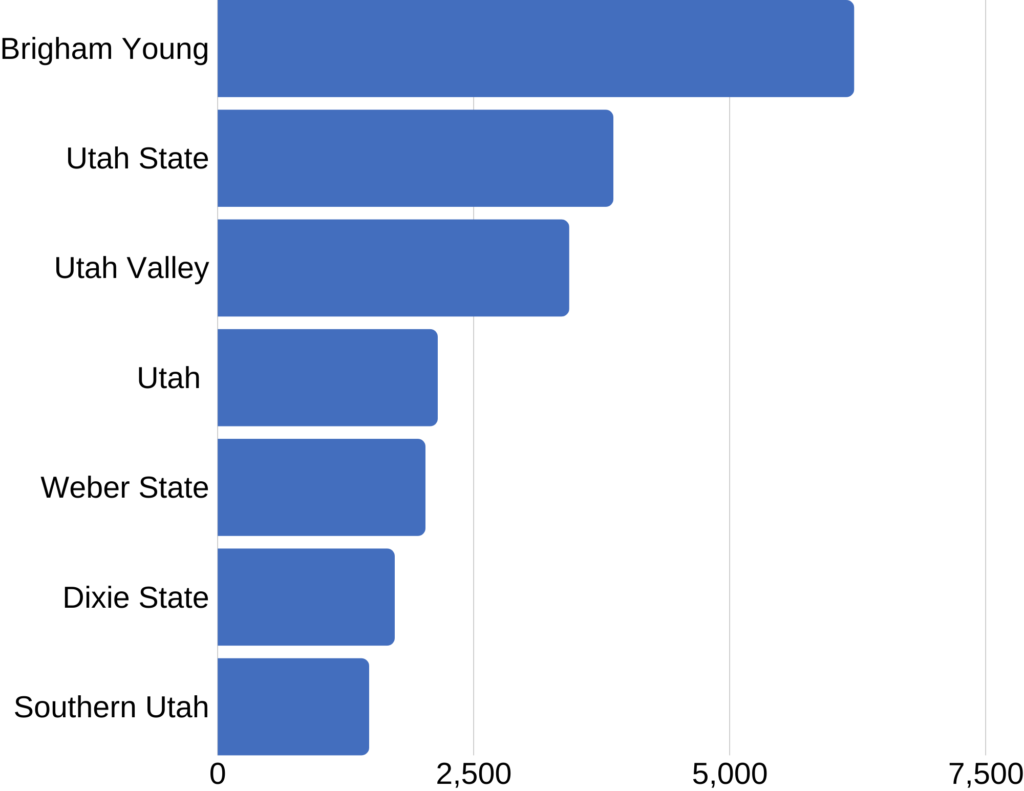
But Loveless said the role of president is much more than that. “These candidates can’t change anything,” she said, “but what they can do is initiate changes on how we serve students around us.”
The role of the president has recently been redefined as “work(ing) with formal BYU student councils, organizations, clubs and groups to establish mutually beneficial relationships and opportunities.” Next year’s executive vice president also has a new role of “direct(ing) the dialogue between BYUSA and the BYU student body.” They will also have creative license to tell the story of BYUSA during the time of their presidency.
This year, there are five candidates vying for the votes for the upcoming election. The candidates recently hosted two rallies at The Wall in the Wilkinson Student Center where they served students free fries and burgers.
BYUSA Presidential Candidates
Brooke Sorensen is a public relations major with a business minor and a Basic Life Support certification. That’s one certification below an EMT certification, which she hopes to receive someday “But Communications is where my heart is,” she said. “It’s an art in and of itself.”
One of her favorite places is the Museum of Art on campus.

For three years, she’s been a representative on the Student Advisory Council, but she didn’t become involved with the intention to run for president. “To be frank,” she said, “it was something I never ever, ever imagined doing up until about a day before the application was due.” After seeing changes in the structure of BYUSA, she wanted to become even more involved. According to her, the changes have been for the better.
“It sparks conversation or innovation in everyone’s minds,” she said. “It shows the office is willing to create change and take risks.”
Her service platform, called “Yes, we did that,” features an idea to foster connection between students and their faculty representatives so students can have their voices heard. “It’s about helping students recognize that they do have people who represent them,” she said.
Spring Buford is a computer science major with an emphasis in bioinformatics.
She felt inspired to become more involved after finishing a recent internship with Microsoft. “The thing I learned is that it’s important to pursue your passions to become more productive,” she said. Her passion is people.
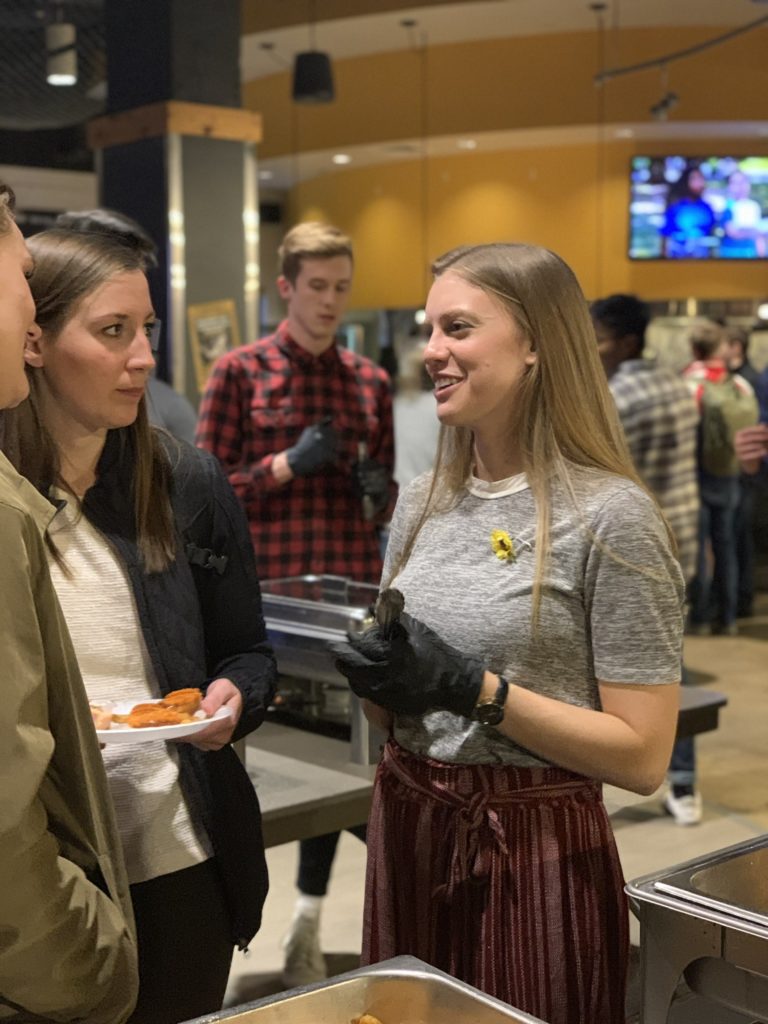
She’s currently the manager of the Women’s Initiative Mentors Office, a concept she helped create through her research with the Women’s Initiative Council. Now she’s doing research for BYUSA’s Student Advisory Council. She’s working on an inspired learning project, helping students overcome barriers that keep them from research, study abroad and internship opportunities.
Her favorite spot on campus is the fifth floor of the Harold B. Lee library because there are lots of windows. She spends most of her time in the Talmage where there aren’t many.
She uses her platform, BYUnify, to advocate for more BYUSA offices around campus and to make more departments aware of the association. “I’m not expecting them to join BYUSA or clubs,” she said, “but the point is I am reaching out.”
Hollis Hunt is an event design and management major with a minor in nonprofit management and a black belt in Taekwondo. He’s been involved in BYUSA for two years, and also liked the new changes, including when the office went from having seven areas to four.
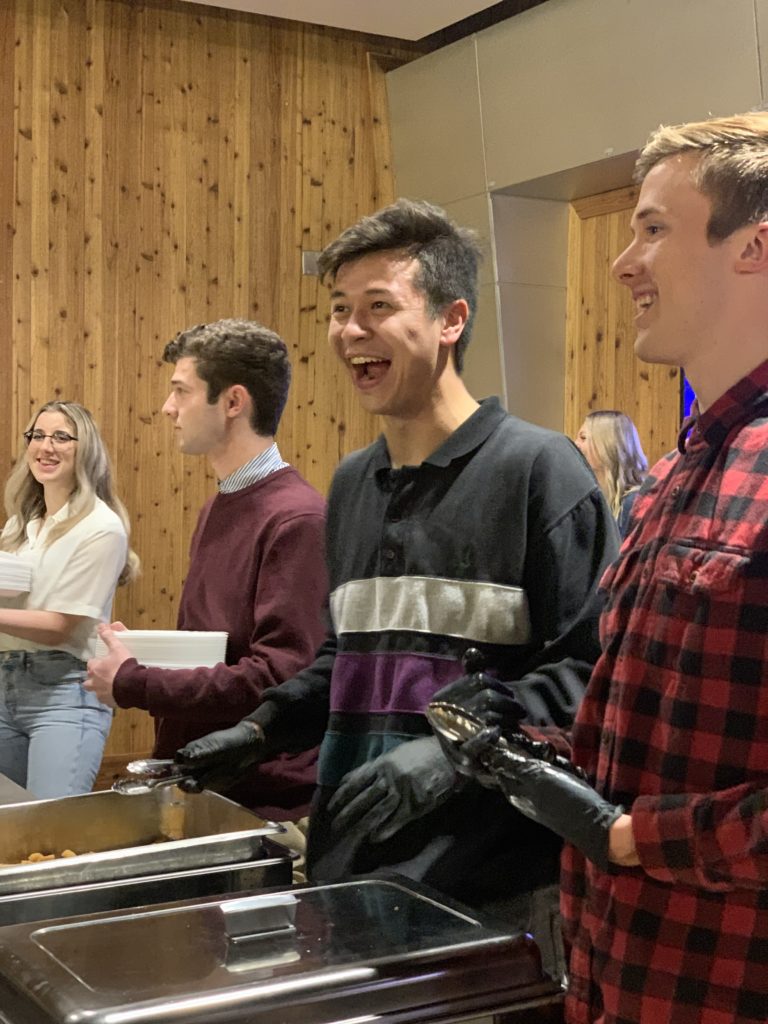
“Having seven was a lot, sometimes too much,” Hunt said, adding the change has meant the office can be more inclusive. “The key to inclusivity is simplicity.”
Beginning last spring semester, a new area called “Experiences” was created. “I was obsessed with the Experiences area,” he said. It aligned nicely with his major. Now he’s a team lead, organizing events for BYUSA.
His campaign is called “There’s Room for Everyone.” It’s largely focused on helping students feel a sense of belonging at BYU. To demonstrate that sentiment, he wants to encourage underrepresented clubs by “giving them a space in the Wilk to promote who they are.”
He’s been planning to run for president for a long time. So long, in fact, that he already knew who he wanted to be the executive vice president on his ticket. But then the election policy changed.
This year, BYUSA switched things up by having candidates run as individuals. An increase in voting options has the potential to decrease the number of students who vote. Almost every university saw a decreasing number of votes for non-presidential elections. Southern Utah University is an exception, with their Vice President of Clubs and Organization election receiving more votes than their presidential election.
Loveless said the hope is that the change will actually result in more votes. “Five candidates come from different corners of campus,” she said. “More participation means you’re reaching different pools of people.”
Executive Vice President Candidates
Emilee McFadden is an economics major with a minor in Spanish. She previously represented the McKay School of Education on the Student Alumni Relations Council. BYUSA and Student Alumni are two different organizations with similar goals and objectives, but Emilee admitted there is some friendly competition between the two. “The main tension is caused by the following and name that BYUSA has,” she explained. “Student Alumni gets clouded over a little bit. Instead of competing, Student Alumni is hoping to have more of a collaborative effort.”
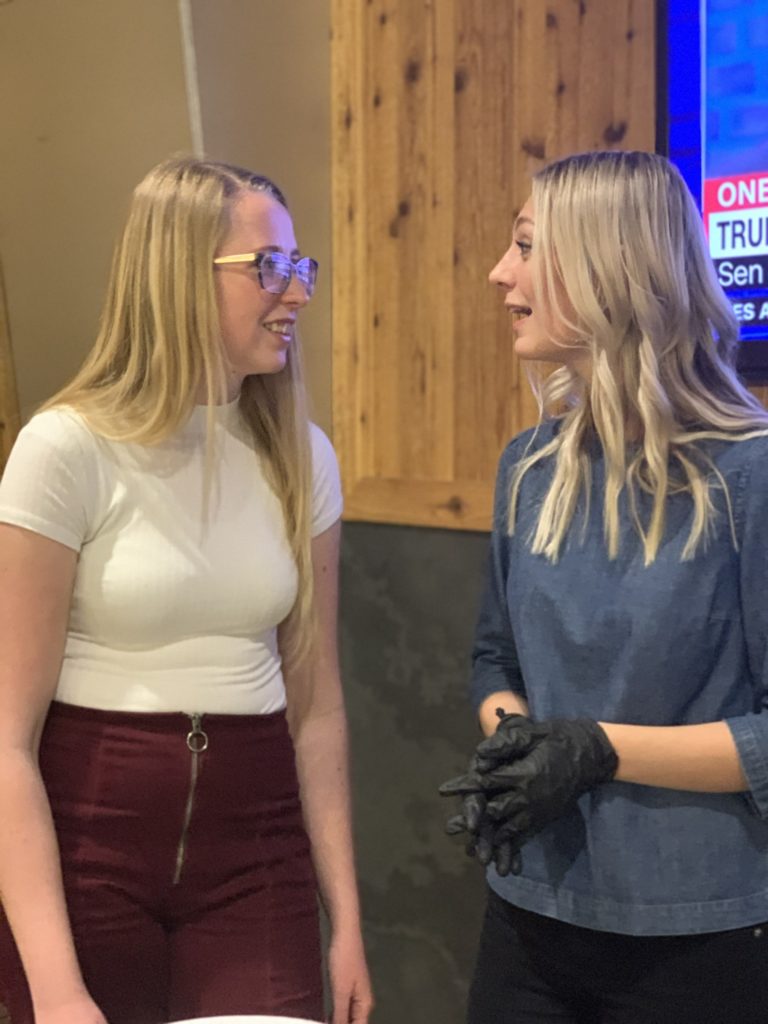
In an effort to increase this collaboration, she walked into the BYUSA office and asked how she could be involved in summer 2019. “I joined BYUSA hoping to understand it better,” she said. “To have opportunity to serve in an impactful way.” Since July, she’s been a member of the Student Advisory Council, representing Student Alumni. Now, not even a year later, she’s running for the second highest position in the organization.
During her time at BYU, she’s enjoyed getting to know campus better. For a time she worked for University Relations and helped create the self-guided tours for campus visitors. She said it’s helped her appreciate the campus more and that she’d like to pass it on through a service she calls “Throwback Thursday.” Every Thursday she’d like to host an informational meeting on the history of BYU and its Student Service Association.
Michael Pack joined BYUSA because he happened to be walking by the office when two volunteers were speaking Italian. He served his mission in Milan, Italy, so he greeted them in Italian. He was subsequently invited to join BYUSA and has been a part of it for the past two years.
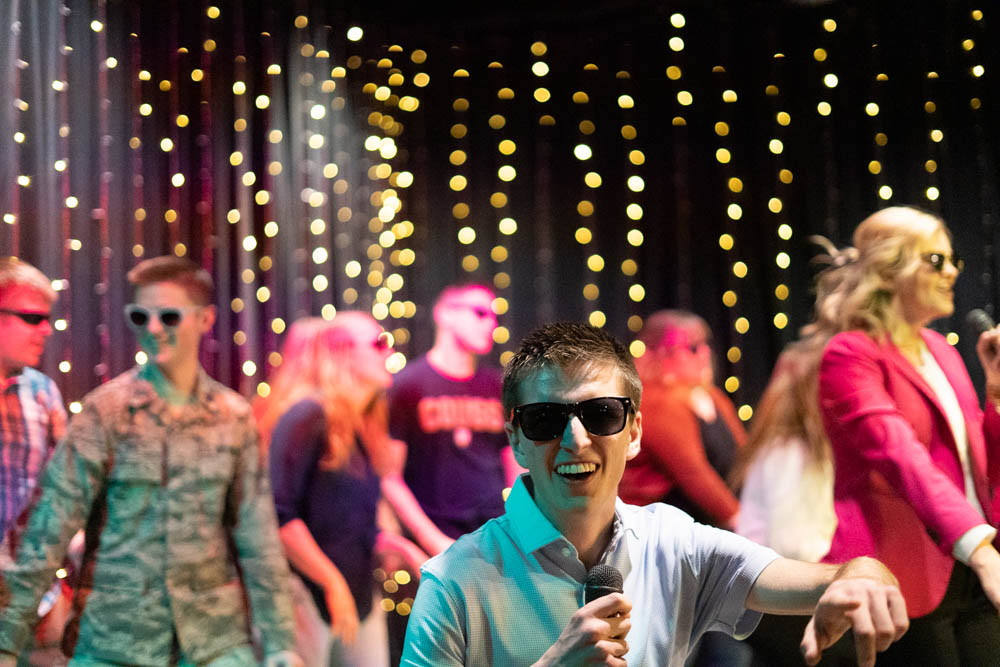
One of his favorite volunteer experiences was surprising a BYU gymnast after she broke her leg. “We knew she was a big fan of basketball,” he said. “We were able to get the entire basketball team to sign a basketball for her. So we got that and we got Cosmo to deliver it.”
Like Hollis, Michael is an experience design and management major. His favorite place on campus is the duck pond in the Botanical Gardens. “I just love just hanging out and just pondering.”
As a part of his campaign he wants to value the individuality within the office. He is proposing that the office start “I am BYUSA” videos similar to the “I am BYU” videos. “They’re going to be videos, telling the who, what, why and how have experiences on our club’s history,” he said.
Candidates only have approximately four weeks and $150 to campaign for votes. Time is short and resources are few to help level the playing field, according to Loveless.
“We don’t want the person with most money or Instagram followers to win, but the person with the best ideas,” Loveless said. The hope is that candidates will get creative with the small amount of time and money they have.
Online voting will take place on March 4 and continue through March 5. After the first day of voting, the presidential candidate with the least amount of votes will be eliminated from the election. All those who voted for the eliminated candidate can vote again on March 5.




